Lakshadweep Tour Packages 2025
Cities in Lakshadweep
Best Destinations in Lakshadweep
Lakshadweep, the smallest Union Territory of India, is a mesmerizing archipelago of 36 coral islands, located in the pristine waters of the Arabian Sea. Known for its crystal-clear lagoons, untouched white-sand beaches, and vibrant marine life, Lakshadweep is a dream destination for nature lovers and adventure seekers alike.
Unlike other crowded tourist hotspots, Lakshadweep offers a peaceful, eco-friendly environment with minimal commercialization. These islands are ideal for those seeking a serene escape from city life. Visitors can unwind on sun-kissed beaches, explore the rich underwater world through snorkeling, scuba diving, and kayaking, or simply relax while watching breathtaking sunsets over the turquoise sea.
Key islands such as Agatti, Bangaram, and Kavaratti offer scenic beauty and unique cultural experiences, blending traditional island life with modern tourism. With strict environmental regulations, the region maintains its natural charm and is a perfect example of sustainable travel.
Lakshadweep is well-connected by air and sea from Kochi, Kerala, with limited but efficient access to preserve its ecological balance. Whether you're planning a romantic getaway, a family trip, or a solo adventure, Lakshadweep provides a unique, offbeat travel experience in India
History of Lakshadweep
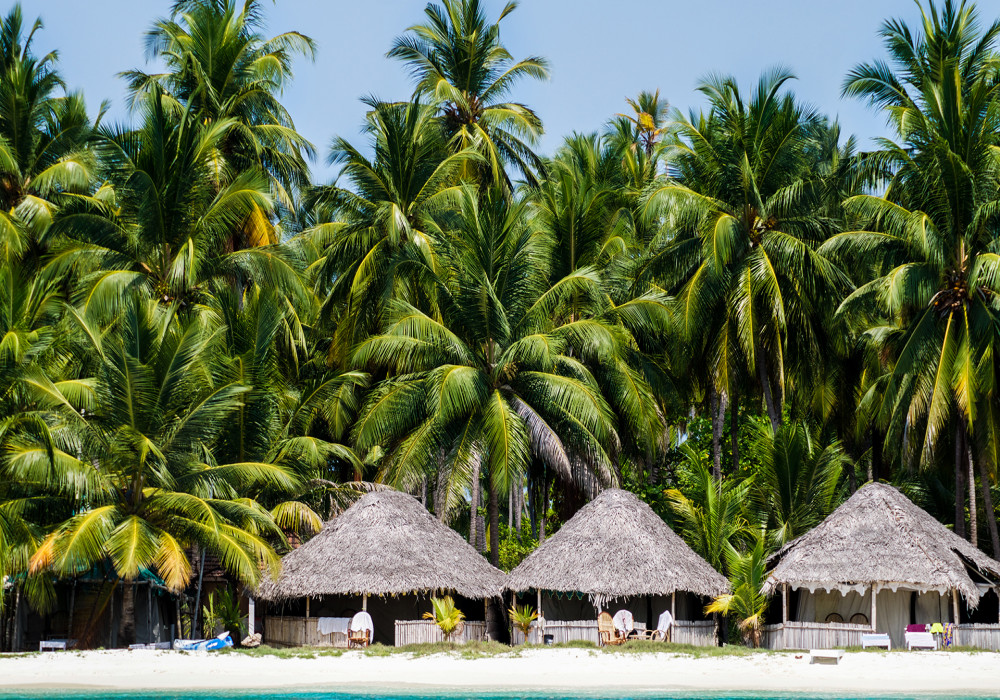
Lakshadweep has a rich history influenced by traders, explorers, and seafarers. The islands were historically part of ancient maritime trade routes, with connections to Malabar, the Middle East, and Southeast Asia. The arrival of Islam in the region is attributed to the revered Saint Ubaidullah, who brought the religion to the islands. Over time, the islands became significant for their strategic location and coconut trade.
Climate in Lakshadweep
Lakshadweep enjoys a tropical climate with moderate temperatures throughout the year. The region experiences two main seasons: the dry season (October to May) and the monsoon season (June to September). The average temperature ranges between 25°C to 35°C, making it a pleasant year-round destination.
Culture and Tradition of Lakshadweep
The culture of Lakshadweep is deeply rooted in its Islamic heritage, with the majority of the population following Islam. Festivals like Eid-ul-Fitr and Eid-ul-Adha are celebrated with zeal. The islands also have a vibrant tradition of folk music and dance, including the popular Lava dance. Local crafts like coconut shell artifacts and woven mats are integral to the island's cultural identity.
Top Free Things to Do in Lakshadweep
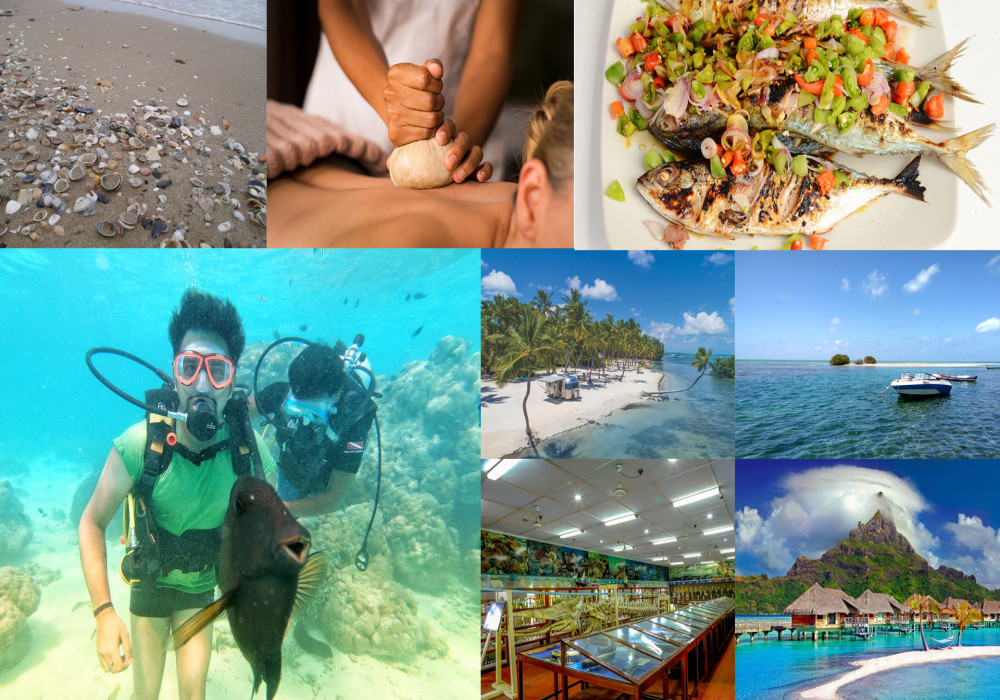
- Beach Strolls and Relaxation: Enjoy the serene beaches of Agatti and Kavaratti without any cost.
- Explore Local Villages: Experience the islanders' lifestyle and witness traditional fishing and coconut farming.
- Photography: Capture the breathtaking views of the coral reefs, lagoons, and sunset landscapes.
- Visit Local Mosques: Admire the traditional Islamic architecture and serene ambiance.
- Snorkeling from Shore: In some areas, you can explore shallow waters and spot marine life for free.
Read More : Things to do in Lakshadweep
Why Visit Lakshadweep
Lakshadweep offers a unique and secluded getaway surrounded by crystal-clear waters and coral reefs. It’s a haven for water sports enthusiasts, marine life lovers, and those seeking relaxation amidst nature. The islands' rich cultural heritage and friendly locals further enhance the experience.
When to Visit Lakshadweep
The best time to visit Lakshadweep is from October to March, when the weather is pleasant, and the sea is calm. This period is ideal for water activities like snorkeling, scuba diving, and kayaking. Avoid visiting during the monsoon season (June to September) due to heavy rainfall and restricted ferry services.
Top Must-Visit Places in Lakshadweep
| S.No | Place | Highlights | Ideal Activities | Travel Tips |
| 1 | Kavaratti Island | Capital of Lakshadweep; lagoons & mosques | Snorkeling, Kayaking, Marine Aquarium visit | Well-connected by boat & air; stay in government-approved resorts |
| 2 | Agatti Island | Gateway island with airport; coral reefs | Scuba diving, Snorkeling, Beach walks | Only island with an airport; prior entry permit required |
| 3 | Bangaram Island | Uninhabited island, turquoise waters | Swimming, Island hopping, Photography | Ideal for honeymooners; luxury tent stays available |
| 4 | Minicoy Island | Second largest island; Maldives-like vibe | Lighthouse visit, Tuna fishing, Cultural shows | Southernmost island; known for vibrant Maldivian culture |
| 5 | Kalpeni Island | Scenic beaches, coral debris, quiet environment | Kayaking, Lagoon diving, Local village tour | Famous for women’s participation in boat races |
| 6 | Kadmat Island | Long sandy beaches, marine diversity | Scuba diving, Snorkeling, Marine eco-tourism | Best for water sports lovers; has private and government lodges |
| 7 | Thinnakara Island | Small, peaceful, uninhabited island | Beach camping, Stargazing, Island hopping | Reachable via Bangaram; ideal for peace and solitude |
| 8 | Suheli Par | Two uninhabited islets and a reef | Bird watching, Coral reef tour | Requires special permission; untouched beauty |
| 9 | Chetlat Island | Coconut palms, traditional crafts | Local interactions, Fishing | Less commercial; great for cultural insights |
| 10 | Bitra Island | Smallest inhabited island | Bird watching, Peaceful walks | Ideal for explorers seeking lesser-known gems |
| 11 | Andrott Island | Largest island by area; historic mosques | Heritage walk, Dolphin watching | Visit 11th-century Buddhist ruins and tombs of saints |
| 12 | Kiltan Island | Known for folklore and lighthouse | Cultural exploration, Photography | Popular among history buffs and peace seekers |
| 13 | Pitti Bird Island | Coral atoll & bird sanctuary | Bird watching, Eco-tourism | No human settlement; breeding ground for rare seabirds |
| 14 | Perumal Par | Submerged bank with rich marine life | Deep-sea diving, Fishing | Best for experienced divers; charter permits required |
| 15 | Cheriyam Island | Attached to Kalpeni by a sandbank | Sunrise view, Lagoon walk | Remote and tranquil; carry own supplies |
| 16 | Parali Islands | Cluster near Bangaram Island | Fishing, Coral reef spotting | Permission required; great for marine observation |
| 17 | Viringili Island | Also called "Small Pitti"; remote island | Bird photography, Nature exploration | Only accessible by boat; no accommodation facilities |
| 18 | Kalpitti Island | Near Andrott; peaceful and scenic | Boating, Shell collecting | Hidden gem; interact with local islanders |
| 19 | Lighthouse, Minicoy | 300-ft lighthouse built by British | Panoramic views, Photography | Climb to top for stunning views of Arabian Sea |
| 20 | Marine Museum, Kavaratti | Showcases marine biodiversity | Educational tour, Aquarium viewing | Ideal for families and students; open during tourist hours |
How to Reach Lakshadweep
- By Air: Agatti Airport is the only airport in Lakshadweep, with regular flights from Kochi in Kerala.
- By Sea: Passenger ships operate from Kochi to various islands, offering a scenic and economical mode of transport. The journey takes approximately 14 to 20 hours.
Visitors need to obtain a permit to enter Lakshadweep, which can be arranged through authorized travel agents or government offices.
Lakshadweep’s serene landscapes, cultural richness, and marine marvels promise an unforgettable experience for every traveler.
With us, nothing is far!
Frequently Asked Questions About Lakshadweep
Q1: What is the best time to visit Lakshadweep?
A1: The best time to visit Lakshadweep is between October and March, when the weather is pleasant and ideal for water sports like snorkeling, scuba diving, and kayaking. Monsoon season (June to September) should be avoided due to heavy rains and rough seas.
Q2: How can I reach Lakshadweep from mainland India?
A2: Lakshadweep is accessible by air and sea. The nearest mainland port is Kochi (Kerala). Flights are available from Kochi to Agatti Airport, the only airport in Lakshadweep. Passenger ships also operate from Kochi to various islands, taking about 14–20 hours.
Q3: Is a permit required to visit Lakshadweep?
A3: Yes, both Indian and foreign tourists need a special entry permit to visit Lakshadweep. The permit can be obtained through Lakshadweep Tourism or authorized travel agents. Foreign nationals are allowed only on selected islands like Agatti, Bangaram, and Kadmat.
Q4: Which are the best islands to visit in Lakshadweep for tourism?
A4: The most popular islands for tourism in Lakshadweep are Agatti, Bangaram, Kavaratti, Kadmat, and Minicoy. These islands offer scenic beaches, coral reefs, and water sports, making them ideal for a tropical vacation.
Q5: What are the top things to do in Lakshadweep?
A5: Top activities in Lakshadweep include scuba diving, snorkeling, glass-bottom boat rides, island hopping, and beach relaxation. Visitors can also explore marine museums, enjoy traditional cuisine, and witness the unique island culture.

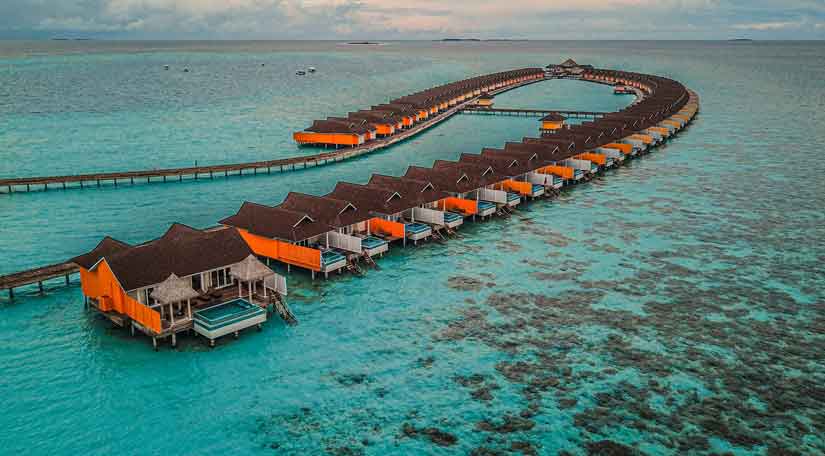
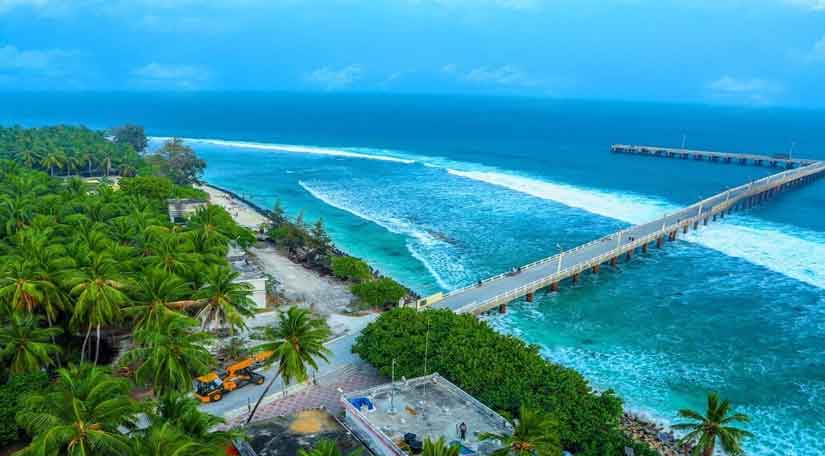
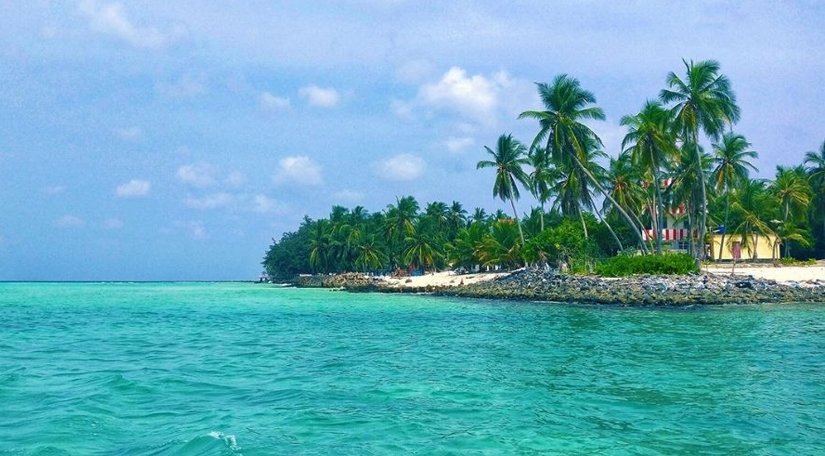
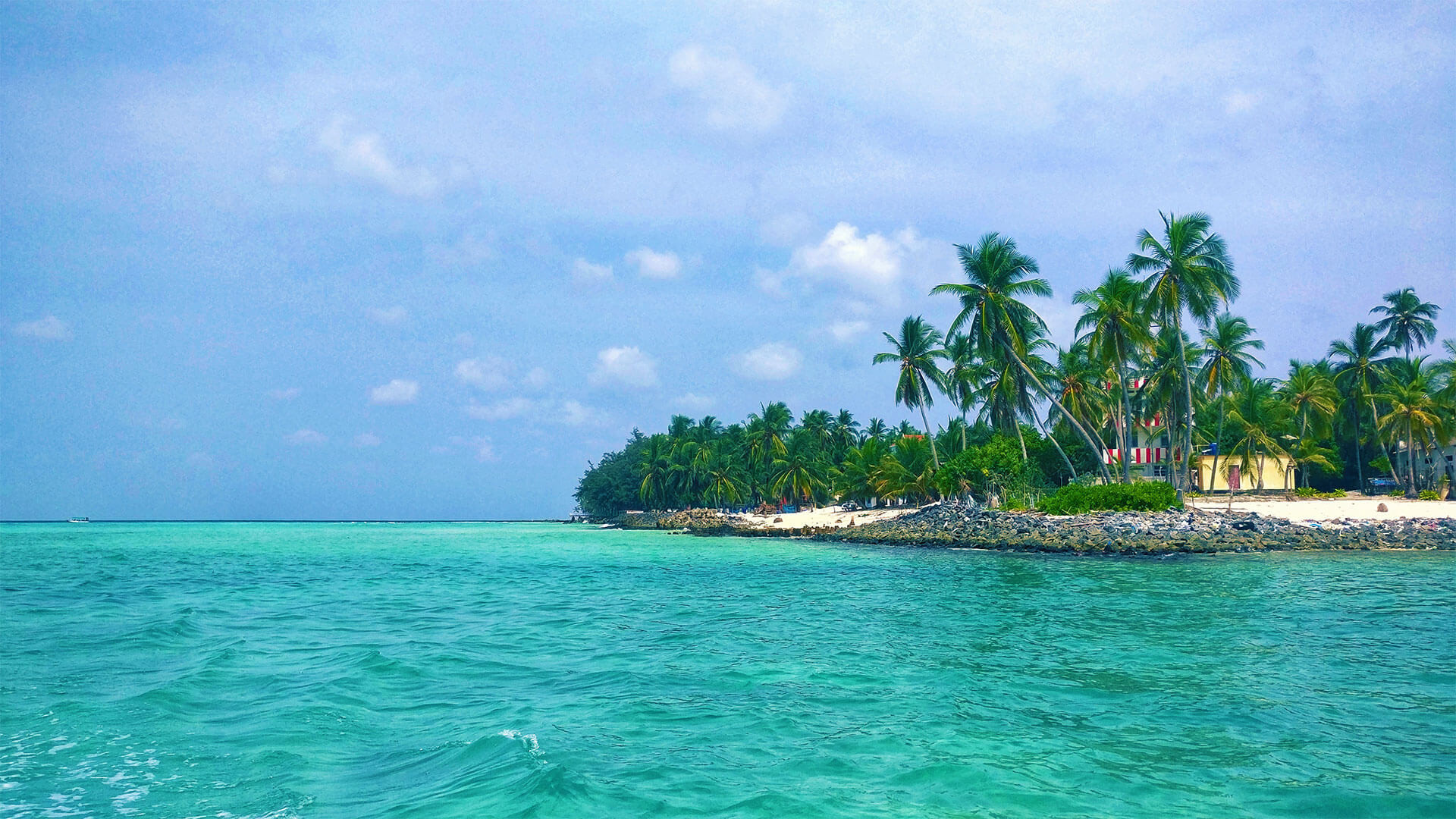
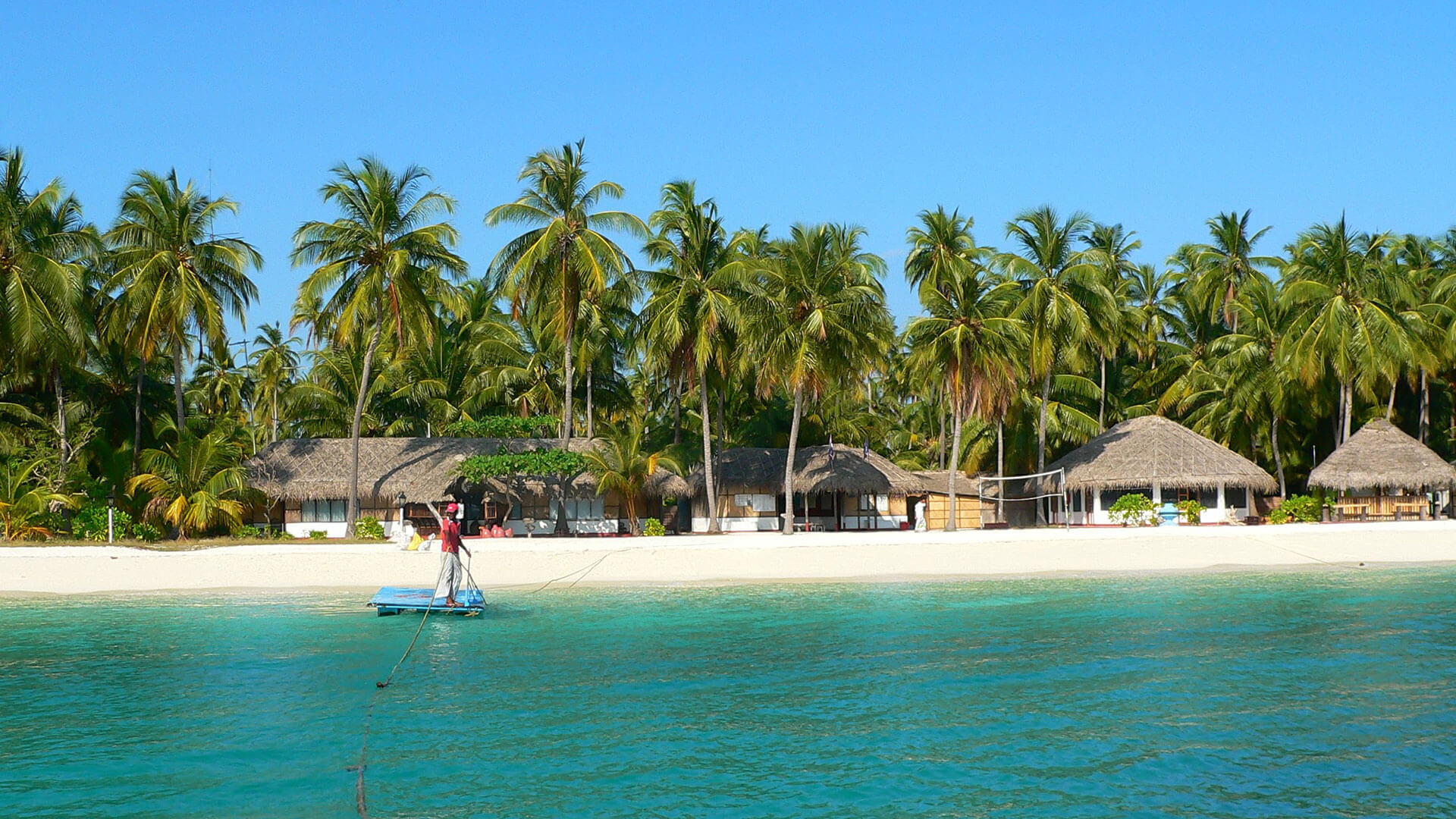
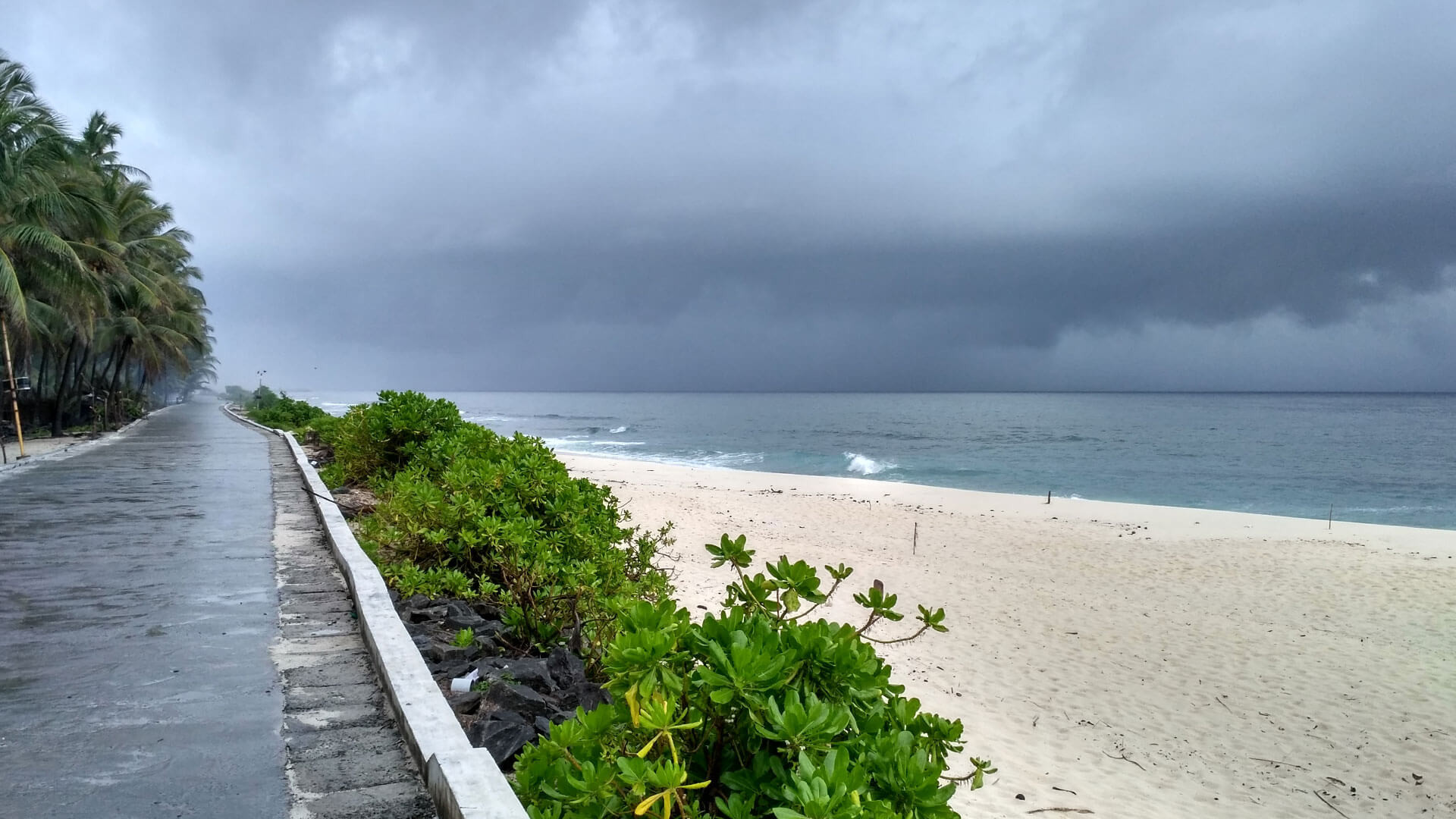
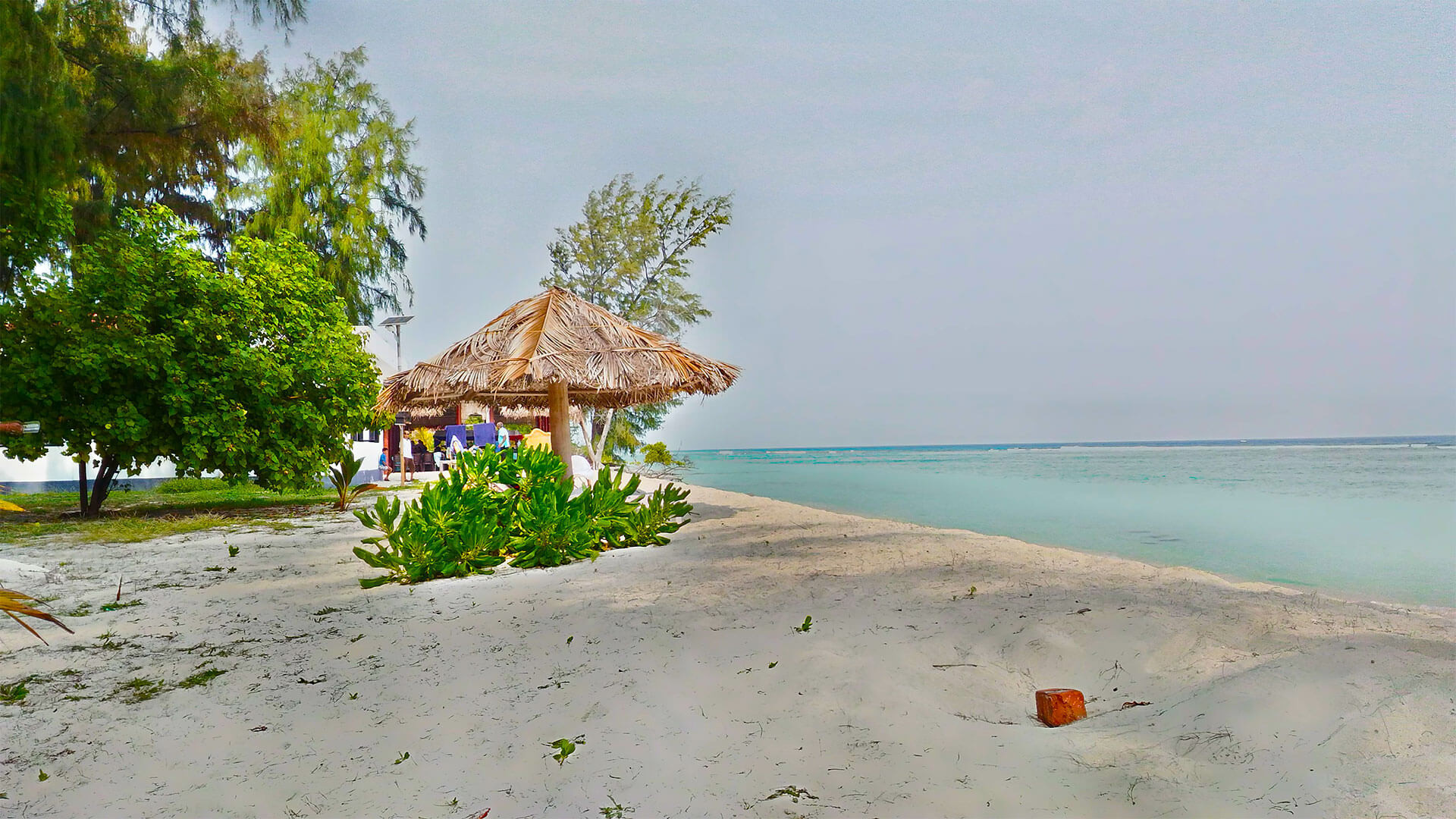
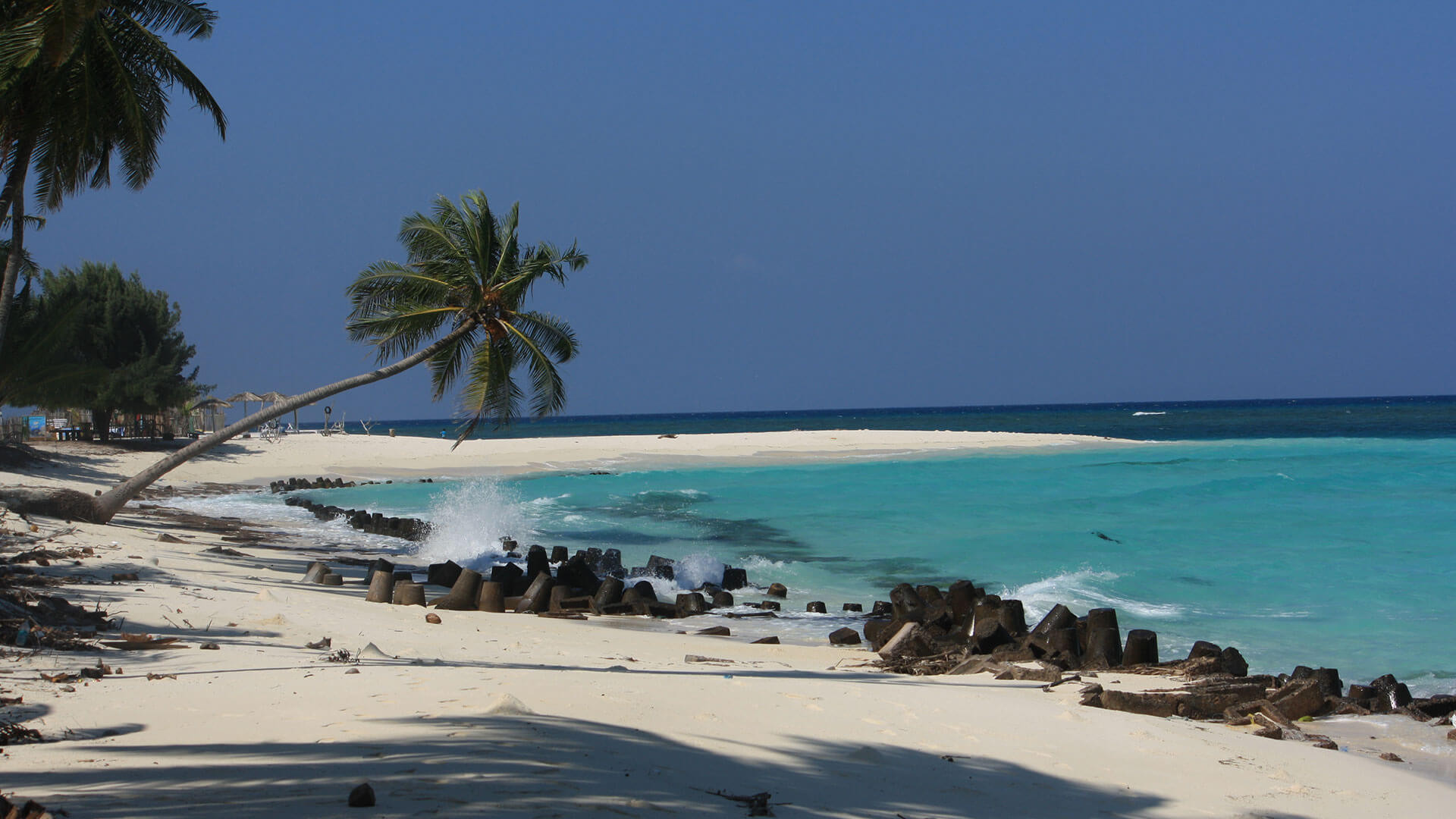
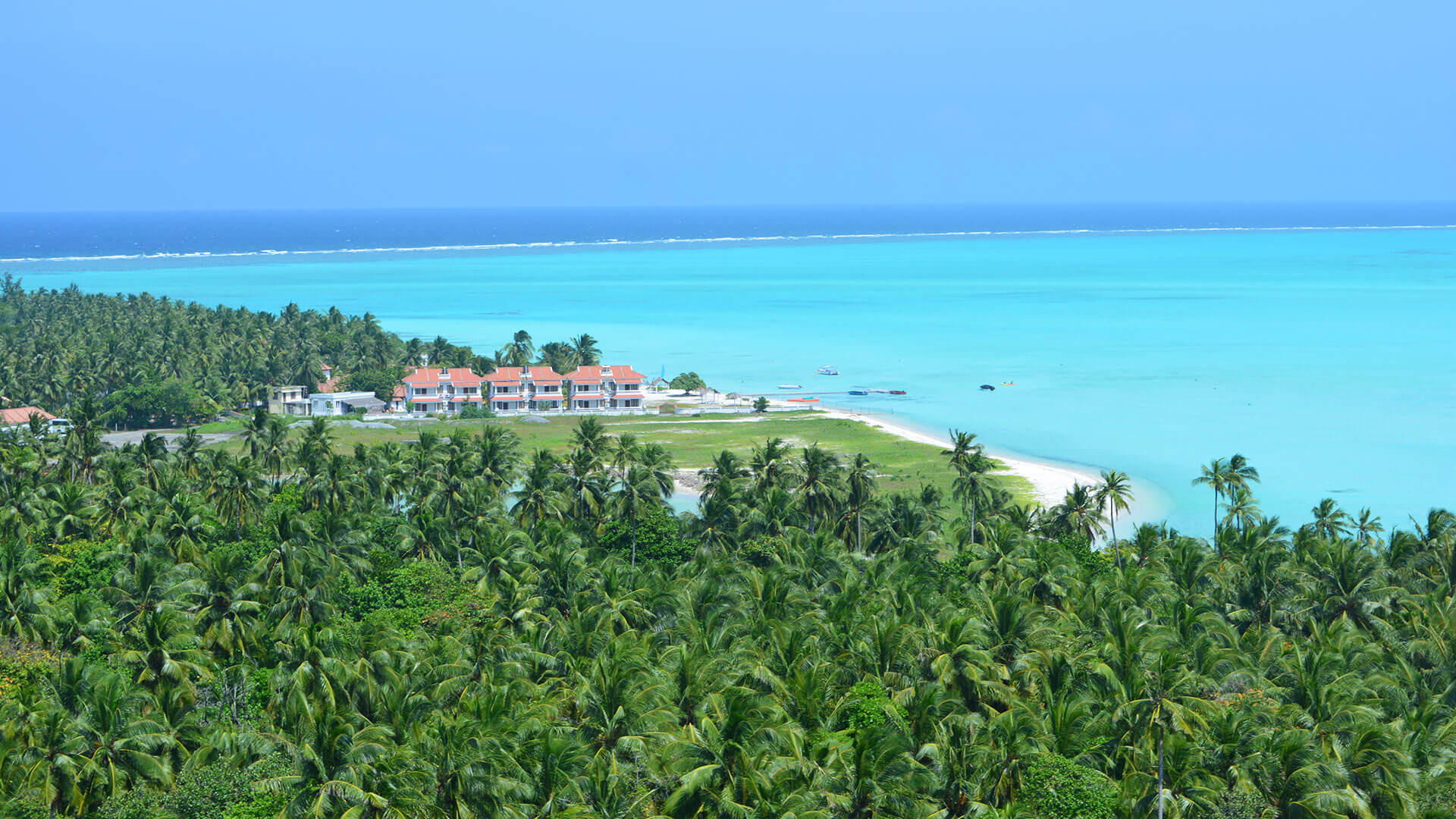
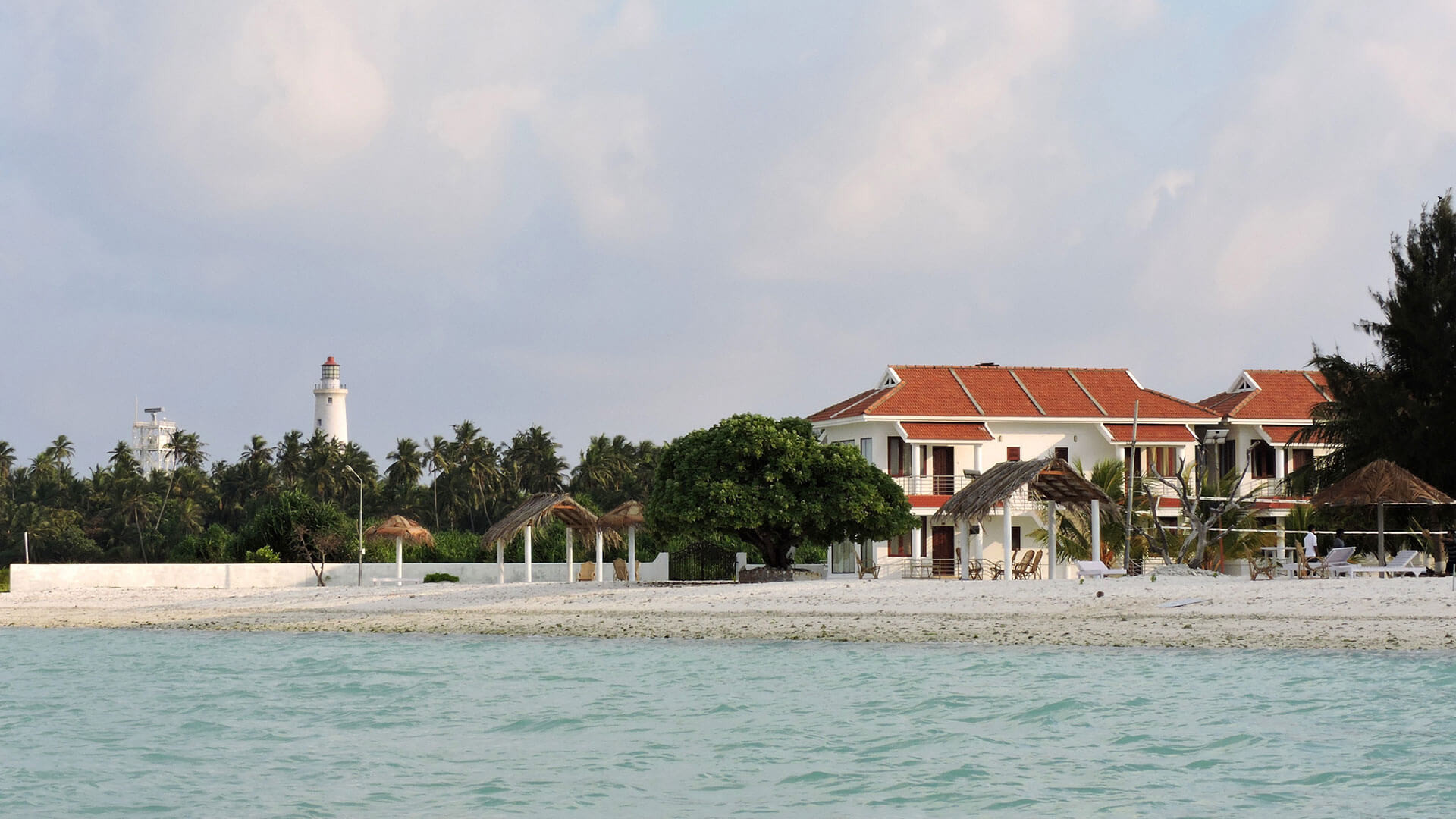
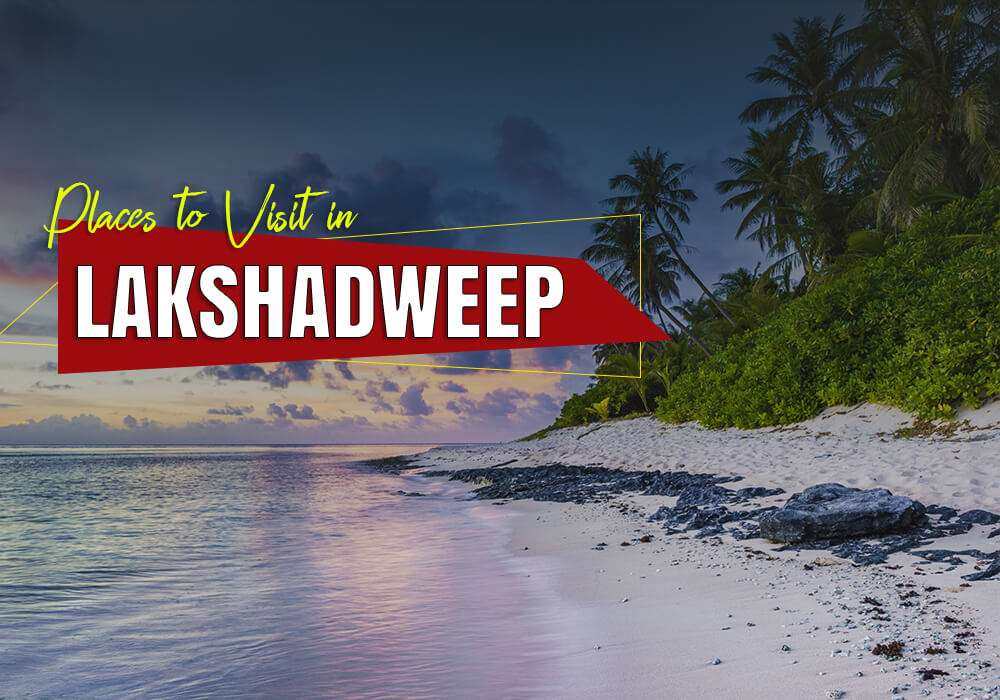

.jpg)








